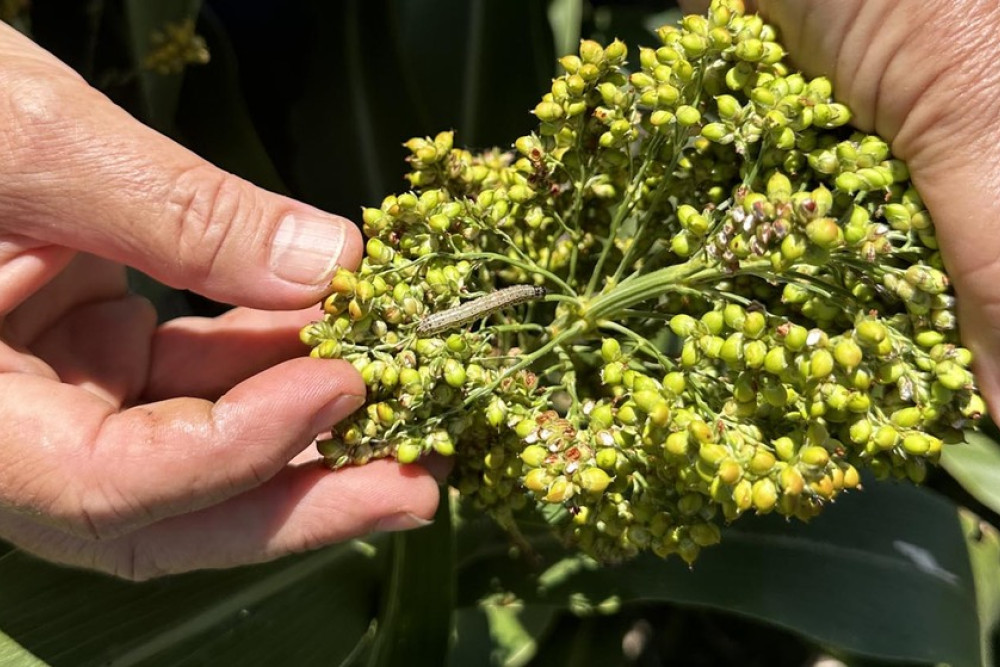Agricultural
29 February, 2024
Growers on Alert for Fall Armyworm
Fall armyworm (FAW) are being detected at unprecedented levels in sorghum crops across Central Queensland, the Western and Darling Downs and northern New South Wales causing what experts predict could be the most significant impact on sorghum since the pest’s arrival in Australia in 2020.

Queensland Department of Agriculture and Fisheries (DAF) principal entomologist Melina Miles urged growers to be alert, but not alarmed and take a considered approach to making decisions about the need for control.
“We know that FAW can be devastating and we’re seeing significant crop damage in southern and Central Queensland in sorghum,” Dr Miles said.
“We’re in the early stages of developing robust management recommendations for this pest and research is ongoing, but what we do know is that FAW populations build up between October and March.
Where they can, growers are adopting an early-sowing strategy to largely avoid severe damage, and this has been effective in 2021-23.
“This season we have late crops planted on the December rain. Because of that, more growers are seeing high FAW populations and damage in crops from emergence throughout the vegetative stages."
Dr Miles said in order to decide whether an infestation warrants control, growers should assess the number and size of FAW larvae per plant. The only effective way to do this is to pull plants apart and unroll the whorl.
“Just looking at damage is risky as it doesn’t tell you what the damage potential is of the infestation over the next week or so.
“As with other caterpillar pests, like helicoverpa, the natural mortality of eggs and small larvae is high – possibly as high as 80 per cent, however, the mortality of larger larvae (4th – 6th instar) tends to be much lower, so you can assume most of the larger larvae you find will survive and cause damage.
“Over the past three seasons, once sorghum started to come into head FAW infestations have declined. However, this year we are seeing infestations persist into grain filling. There are instances of FAW damaging grain in the heads, but not to the same extent as a similar infestation of helicoverpa.
For information about identification and registered chemical control options, growers should contact their local advisers and visit the GRDC Fall armyworm page: grdc.com.au/resources-and-publications/resources/fall-armyworm


